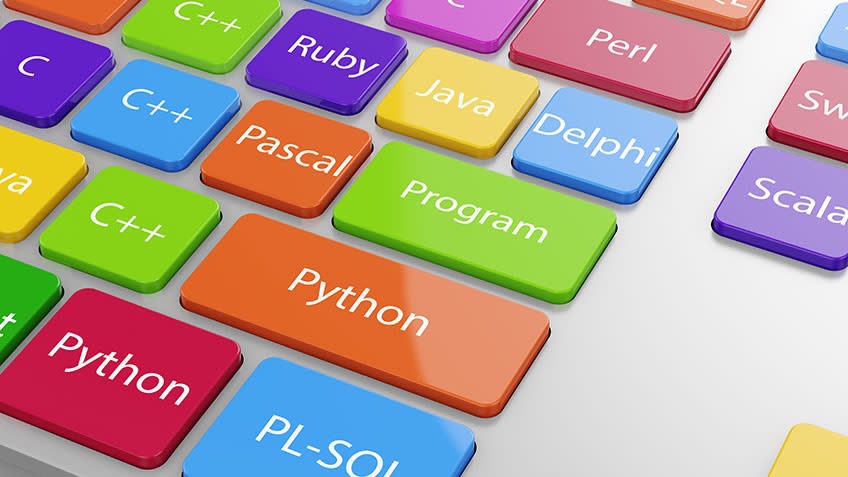Computer programming languages are designed to execute the given instructions to digital computers these days. Currently, the world has over 9000 programming languages of various types. All those come in use for multiple purposes and program various types of applications.
Thus, if you are assuming to build a career in programming or have a passion for learning. Then you should know the top 5 types of programming languages.
Hence, to help you to inform you about the types of programming languages, this article will help you.
What Are Programming Languages?
A programming language is developed to instruct the computer or the machine to perform the desired activity. The primary role of the programming language is to control the device or instruct specific algorithms.
Nowadays, the world has over 9000 programming languages, and every year, a new programming language is introduced. There are various programming languages, and all have different programming languages that we have covered below.
Different Types of Programming Languages

Here are some significant types of programming languages that you may learn to make a career in programming.
1. Object-Oriented Programming Language
Many programmers also refer to the object-oriented programming language as OOPL is the short name. This programming language is used to view the internal and external parts of the data.
This programming aims to assume the common problems that can be solved with predefined codes. And then separate the problems into the collection of the objects that allow solving the defined problems.
The OOPL uses the principle of encapsulation that means the required object must be within the object. If the programmer uses this programming language, they can reuse some of its codes on similar projects.
Some examples of OOPL are C++, Java, Python, etc.
2. Logic Programming Language
Logic programming language is also a type of programming language that compresses many programming languages based on it. In this programming language, the programmers can use descriptive or declarative program statements. That does not force the computer or device to do the assigned thing but helps in doing it can consider doing in that case.
It simply restricts the activities of the computer and suggests what it can consider doing in such a case.
However, it is challenging to work with a logic programming type of programming language. And for the programmers, especially the new ones, the OOPL is a bit of an easy programming language to code.
However, most of the programming languages are used for specific purposes and developed for the same too. Hence with the logic programming languages, the programmers can write those codes that can be hard to code with other languages.
3. Procedural Programming Language
Procedural Programming Language is also a type of programming language used to sequence the statements that convert the result. This programming language uses variables, loops, and other elements of codes to execute the algorithms.
The role of procedural programming language is to control the variables rather than return the function’s value. Printing the information is one of the examples where procedural programming languages come into use.
Some examples of this type of programming language are C, BASIC, Pascal, etc.
4. Functional Programming Language
It is the programming language that uses the stored data and avoids the loops to support the recursive functions. This programming language is focused on providing the return value of the coded function.
This language helps solve the errors that may occur during the programmer’s programming or writing of codes. Examples of functional programming languages are Agda, PurScript, and APL.
5. Scripting Programming Language
Scripting programming language is the type of programming language and used for solving minor programming problems. It can be smoothly used in the solving within the operating system utilities to work again correctly.
PHP, JavaScript, Perl, and Python are examples of the script programming language. Usually, the programmers use syntax to write the code and execute the same to solve the general problems.
Conclusion
So, in this programming language, we learned about the top 5 programming language types. Thus, I hope now you have learned about the types of programming languages.
And will feel more confident to discover another concept to strengthen the understanding about the same. Moreover, if you liked this article and find it interesting, comment on us and share it on your social handles.
The post 5 Different Types of Programming Languages appeared first on The Crazy Programmer.
from The Crazy Programmer https://ift.tt/3hJX750
Comments
Post a Comment